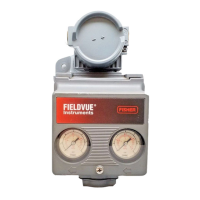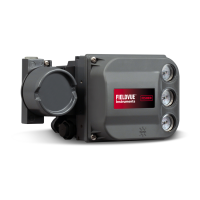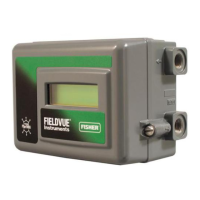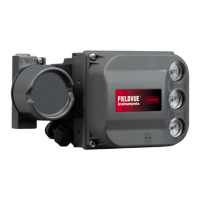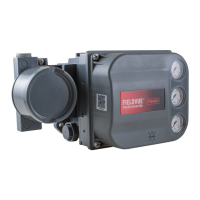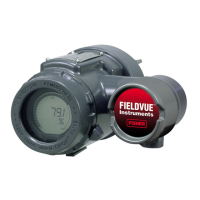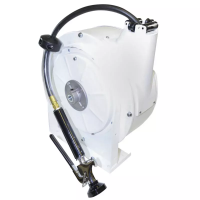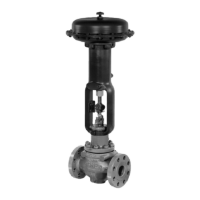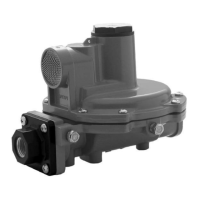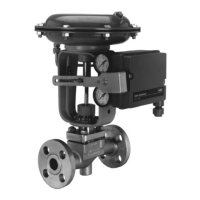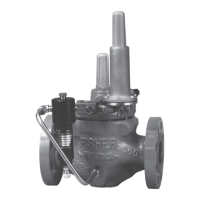Using This Guide
November 1999
1-1
1-1 1
Figure 1-1. Sliding-Stem Control Valve with Type
DVC5010 Digital Valve Controller
W6341 / IL
Note
Install and operate this product only if
you are qualified through training or
experience. If you have any questions
about this guide, contact your Fisher
Controls representative or sales office.
Product Description
DVC5000 Series digital valve controllers (figures 1-1
and 1-2) are communicating, microprocessor-based
current-to-pneumatic instruments. In addition to the
normal function of converting an input current signal to
a pneumatic output pressure, the DVC5000 Series
digital valve controller communicates via HART
protocol.
DVC5000 Series digital valve controllers are designed
to directly replace standard pneumatic and
electro-pneumatic valve mounted positioners.
Figure 1-2. Rotary Control Valve with Type
DVC5020 Digital Valve Controller
W6164 / IL
Use of this Guide
This guide describes how to install, setup, and
calibrate DVC5000 Series digital valve controllers with
firmware Revision 6. Additional information for
installing, operating, and maintaining the DVC5000
Series digital valve controllers can be found in the
related documents listed on page 5-2.
This guide describes instrument setup and calibration
using a Rosemount Model 275 HART Communicator.
For information on using the Model 275 HART
Communicator, see the Product Manual for the HART
Communicator available from the Rosemount
Measurement Division. An abbreviated description of
HART Communicator operation is also contained in
the FIELDVUE instrument instruction manual.
You can also setup and calibrate the instrument using
an IBM compatible PC and FIELDVUE ValveLink
software or Asset Management software. For
information on using the software with a FIELDVUE
instrument, refer to the appropriate user guide.
Displaying the HART Communicator
Device Description Revision Number
Device Description (DD) revision identifies the version
of the Fisher Controls Device Description that resides
in the HART Communicator. It defines how the HART
Communicator interacts with the user and instrument.
1
